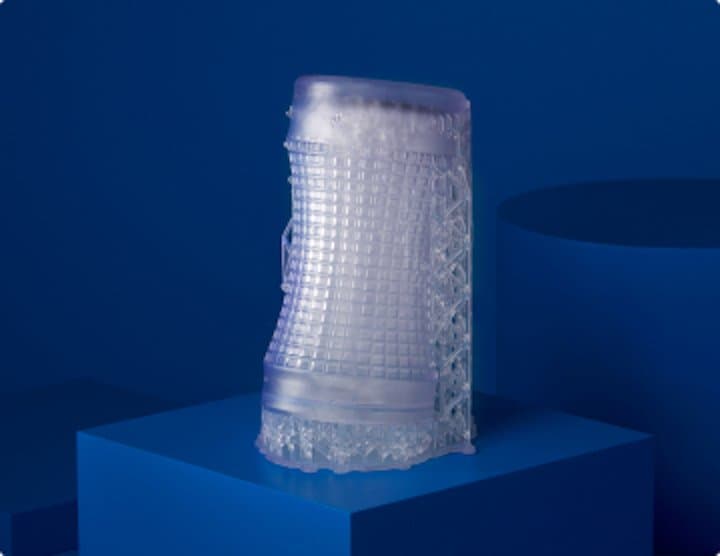Another project for my fairly humble Ender - some recently acquired TPU filament and a need for traction tires that may or may not be readily available. Highly experimental right now, long term durability TBD through lots of running but the fitment is no problem whatsoever as dimensionality can be adjusted until satisfaction. This is my High Iron K4 I just got last night and it showed up without traction tires. I originally got the TPU filament to make experimental tires for my Q1 and may try it before the weekend is over. Grip seems ok and the TPU is described as having 95A durometer. I do not know the durometer of current traction tire material but the TPU may not be as grippy. The killer app for this approach may be tires that are just not obtainable from an OEM or for temporary use. The 8-10 minute print per tire uses maybe 1 gram of material so it’s very cheap to make many copies for fit-up or replacement.
Here’s some quick imagery and a no slip startup of a 16 car train.






















